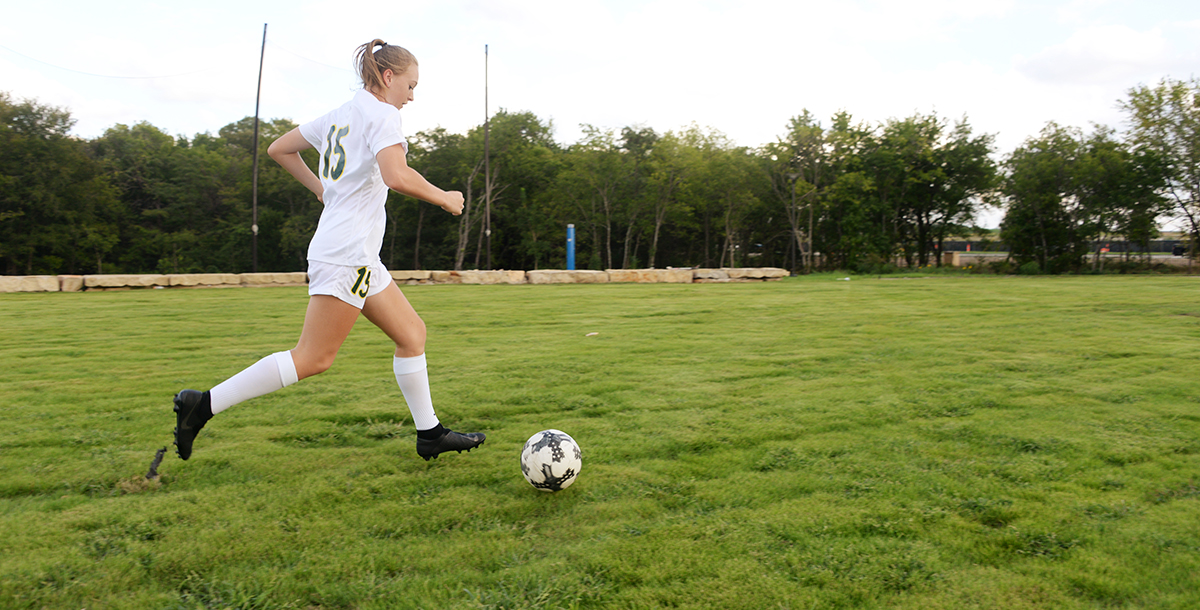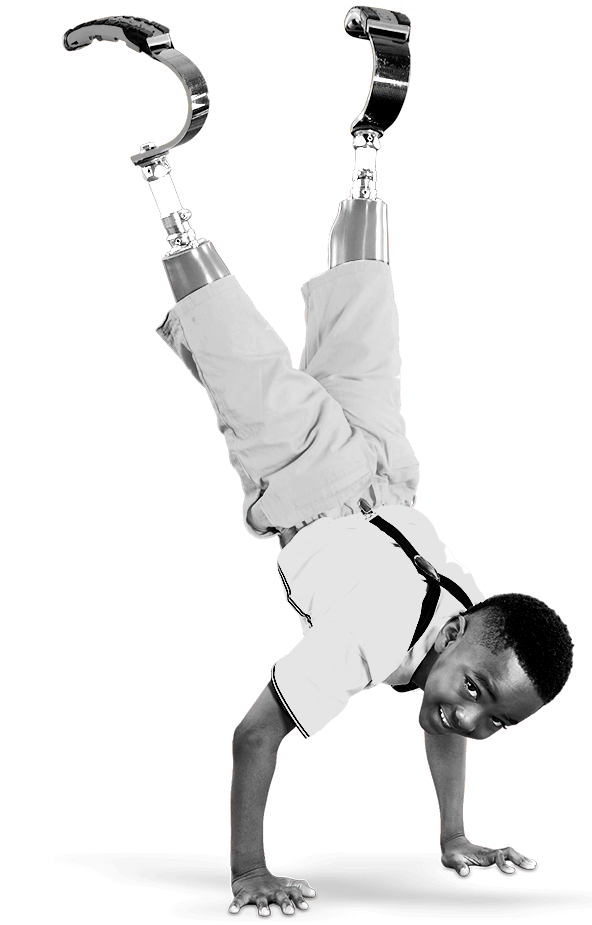
Nov 13, 2019 / Sports Medicine
#SRHaccess Facebook LIVE Recap: Common Injuries in Youth Soccer
Sports medicine physician Jane S. Chung, M.D., sat down with us to discuss youth soccer injuries. Since this is one of the most popular sports in the U.S. and a common population seen by our experts, we wanted an update on the types of soccer injuries that occur and suggestions to help prevent them.
Watch the live segment.
What are we learning from soccer injuries?
Watch the live segment.
What are we learning from soccer injuries?
- Many children are now playing soccer year-round. Whether played indoor or outdoor, athletes are taking little rest from the sport.
- We are seeing more injuries as more kids are participating more throughout the year.
- Lower extremity injuries in the knee and ankle.
- These include sprains, muscle strains and contusions.
- Anterior Cruciate Ligament (ACL) injuries in most cases are season-ending.
- Concussions continue to be on the rise.
- Severe injuries are caused by player to player contact.
- Athletes who go up for headers.
- There is no known head gear in the market that prevents injuries.
- Severe injuries are caused by player to player contact.
- Injury rate is higher in high school athletes. In many cases, they are training and playing longer hours and year-round in comparison to the athlete who is 12 or younger.
- The American Academy of Pediatrics (AAP) recommends the athlete to take a total of three to four months off throughout the year. However, those do not have to be consecutive months.
- Read the latest AAP article.
- Diversifying the types of sports an athlete participates in can allow their body to heal and rest from repetitive motion – such as throwing, running or a pivoting sport.
- Your family doctor can examine the athlete to determine if he or she has any history of repetitive injuries.
- Therapy before the season starts has shown to be beneficial to strengthen any weaknesses in order to prevent future injuries.
- It is ideal to complete this evaluation six to eight weeks before season starts. This allows the athlete enough time to prepare before the season begins when rest becomes more difficult.
- Neuromuscular and injury prevention programs are key for the young soccer athlete.
- Neuromuscular training focuses on proper form and muscle control during progressively difficult movements that mimic sport-like activities.
- FIFA 11+ is a program our experts recommend for young soccer athletes to incorporate into their training.
- It is important that at a young age, the athlete is taught good mechanics and form through neuromuscular training to develop healthy techniques.
- Neuromuscular training is very important in preventing injuries in soccer players.
- Females are at higher risk of ACL injury, though this is not completely understood, there are several likely causes:
- Their body is designed differently (anatomy).
- Hormones likely play a role.
- Females land from jumps and movements differently than males.



